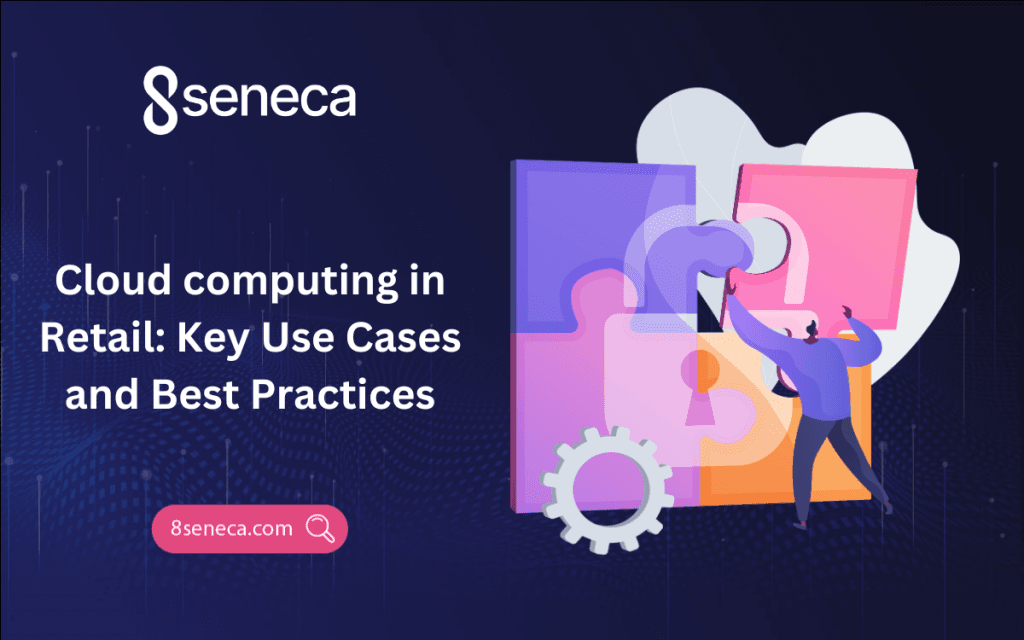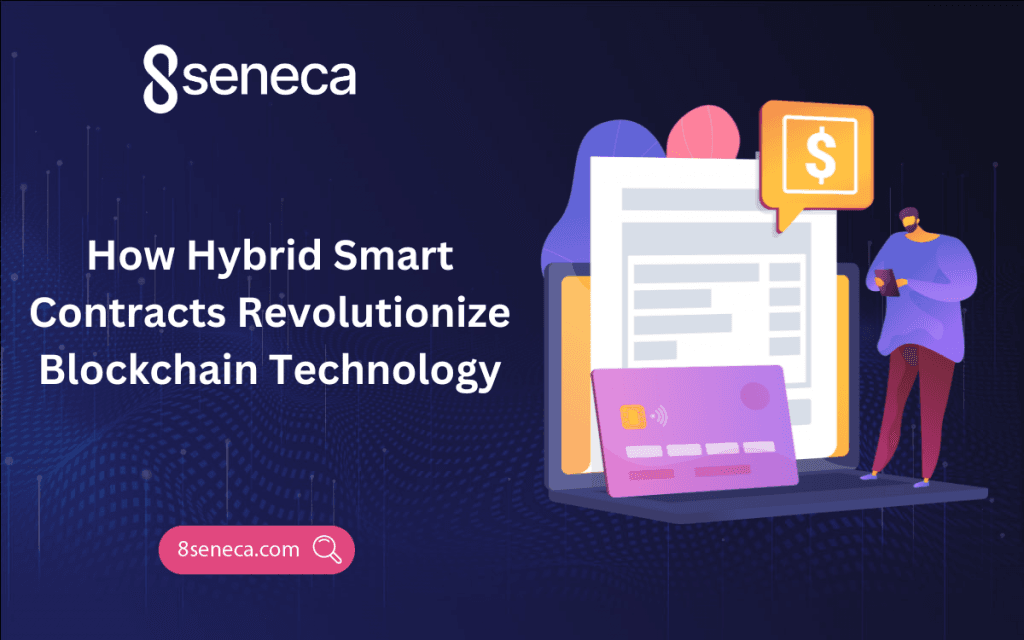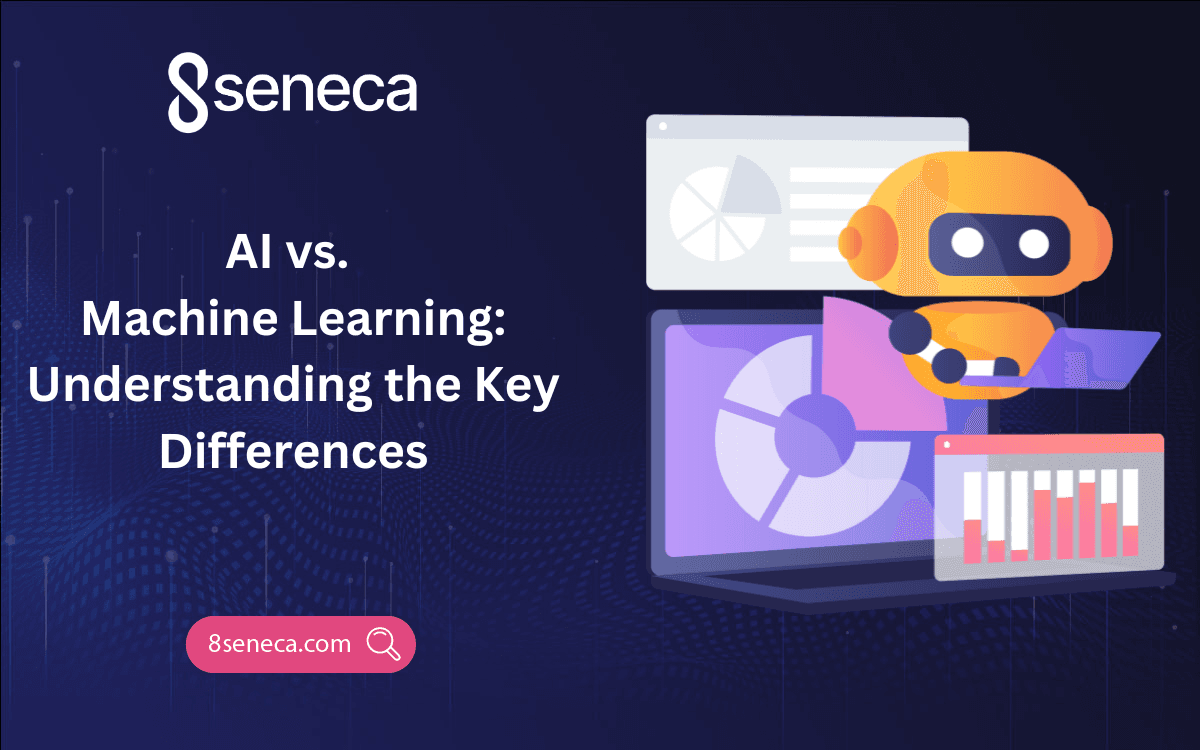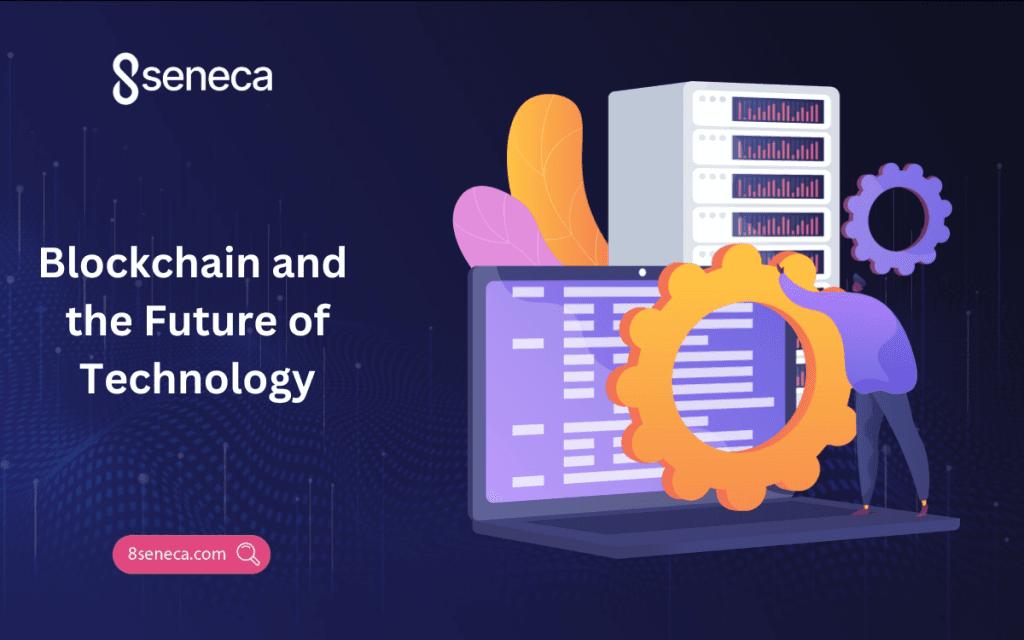Cloud Computing Trends in 2024
Discover the latest cloud computing trends in 2024. Stay informed with insights on emerging technologies and industry shifts.
Cloud computing has become the foundation of modern digital infrastructure, providing businesses with scalable, flexible and cost-effective solutions to manage their IT needs. From startups to multinational corporations, cloud technology has transformed the way organizations operate and innovate. In this article, we’ll explore cloud computing trends in 2024.
Current State of Cloud Computing
Growth and Adoption Rates
The current state of cloud computing is characterized by rapid growth and widespread adoption across industries. Consequently, businesses of all sizes are increasingly recognizing the benefits of migrating their workloads to the cloud, thereby driving significant expansion in the market.
Small and Medium Enterprises (SMEs)
Small and medium enterprises (SMEs) are leveraging cloud computing to level the playing field with larger competitors. Moreover, cloud solutions offer SMEs access to enterprise-level technologies without the need for significant upfront investments in hardware and infrastructure. Consequently, this accessibility has democratized access to modern tools and resources, thereby allows SMEs to compete more effectively in the digital economy.
Large Enterprises
Large enterprises are embracing cloud computing to drive innovation, agility and cost savings. Specifically, many Fortune 500 companies have embarked on large-scale cloud migration initiatives to modernize their IT infrastructure and streamline operations. Furthermore, cloud solutions enable large enterprises to scale their resources dynamically, optimize performance and rapidly deploy new applications and services to meet evolving business demands.
Key Drivers of Cloud Adoption
Digital Transformation
Digital transformation initiatives are driving widespread adoption of cloud computing across industries. Notably, businesses are increasingly leveraging cloud technology to digitize processes, enhance customer experiences, and unlock new revenue streams. As a result, cloud solutions provide the agility and scalability required to adapt to changing market dynamics and capitalize on emerging opportunities in the digital landscape.
Remote Work Trends
The shift towards remote work, accelerated by the COVID-19 pandemic, has further fueled the adoption of cloud computing. Specifically, cloud-based collaboration tools, virtual desktop infrastructure (VDI) and communication platforms have become essential for enabling remote workforces to collaborate effectively and access critical business applications from anywhere, at any time.
Data-intensive Applications
The proliferation of data-intensive applications such as big data analytics, artificial intelligence (AI) and machine learning (ML), is driving demand for cloud computing resources. Cloud providers offer scalable storage and processing capabilities. This enables businesses to analyze vast amounts of data quickly. They can derive actionable insights to inform strategic decision-making.
Market Landscape
Global Cloud Computing Market
The global cloud computing market continues to experience robust growth, fueled by increasing demand for cloud services across industries. Specifically, according to recent market reports, the market is expected to surpass $1 trillion by 2024, with double-digit annual growth rates projected in the coming years.
Cloud Service Providers
Leading the charge in the cloud computing space are major cloud service providers. These include Amazon Web Services (AWS), Microsoft Azure, Google Cloud Platform (GCP) and IBM Cloud. Importantly, these providers offer a comprehensive suite of cloud services. These services include infrastructure as a service (IaaS), platform as a service (PaaS) and software as a service (SaaS). They cater to the diverse needs of businesses worldwide.
Regional Trends
Cloud adoption varies by region with North America leading the market followed by Europe, Asia Pacific and other regions. Specifically, emerging markets in Asia Pacific, Latin America and the Middle East are experiencing rapid growth in cloud adoption, driven by increasing internet penetration, digitalization efforts and government initiatives to promote cloud computing.
Emerging Trends in Cloud Computing for 2024
AI and Machine Learning Integration
One of the most significant emerging trends in cloud computing for 2024 is the integration of artificial intelligence (AI) and machine learning (ML) capabilities. Cloud providers are increasingly offering AI-driven services that enable businesses to harness predictive analytics, natural language processing and computer vision to extract valuable insights from their data.
Predictive Analytics
Predictive analytics powered by AI and ML algorithms allow businesses to analyze historical data patterns and make informed predictions about future trends and outcomes. Cloud-based predictive analytics platforms offer scalable computing resources and advanced analytics tools that enable businesses to uncover hidden patterns, identify emerging opportunities and mitigate risks more effectively.
Natural Language Processing (NLP)
Natural language processing (NLP) technologies enable computers to understand, interpret, and generate human language, opening up new possibilities for interaction and communication. Cloud-based NLP services offer pre-trained models and APIs that enable businesses to build conversational interfaces, sentiment analysis tools and language translation services, enhancing customer experiences and streamlining business processes.
Computer Vision
Computer vision technologies powered by AI and ML algorithms enable computers to interpret and analyze visual information from images and videos. Cloud-based computer vision services offer object detection, image recognition and video analysis capabilities that enable businesses to automate tasks, improve security and gain insights from visual data in real-time.
Edge Computing
As the Internet of Things (IoT) ecosystem continues to expand, the demand for edge computing solutions is on the rise. Edge computing brings compute resources closer to the data source, reducing latency and enabling real-time processing of data generated by IoT devices. Cloud providers are expanding their edge computing offerings to support use cases such as autonomous vehicles, smart cities, and industrial automation.
IoT Edge Devices
IoT edge devices such as sensors, cameras, and actuators generate vast amounts of data that require real-time processing and analysis. Edge computing platforms offer edge devices with computing capabilities that enable them to perform data preprocessing, filtering and analysis locally. This reduces latency and bandwidth requirements and enabling faster response times.
Edge AI
Edge AI technologies combine AI and ML capabilities with edge computing infrastructure to perform inferencing and decision-making tasks at the edge. Cloud providers offer edge AI solutions that enable businesses to deploy AI models directly onto edge devices. Thí enables intelligent edge applications such as predictive maintenance, anomaly detection and personalized recommendations without relying on centralized cloud resources.
Multi-cloud Strategies
In an increasingly multi-cloud world, businesses are adopting multi-cloud strategies to mitigate risks and optimize performance. By leveraging multiple cloud providers, organizations can achieve greater flexibility, redundancy and cost-efficiency. Cloud management platforms and orchestration tools play a crucial role in simplifying the management of multi-cloud environments.
Hybrid Cloud
Hybrid cloud architectures combine public cloud resources with on-premises infrastructure to create a unified and flexible computing environment. Cloud providers offer hybrid cloud solutions that enable businesses to seamlessly extend their existing data centers to the cloud. This enables hybrid cloud deployments for workload mobility, disaster recovery and regulatory compliance.
Cloud Interoperability
Cloud interoperability standards and protocols enable seamless integration and communication between different cloud environments and services. Providers are investing in interoperability initiatives such as open APIs, standards-based protocols and cross-cloud orchestration tools that enable businesses to build and deploy applications across multiple clouds without vendor lock-in.
Serverless Computing
Serverless computing, also known as Function as a Service (FaaS), is gaining traction as a cost-effective and scalable alternative to traditional cloud computing models. With serverless architectures, developers can focus on writing code without the burden of provisioning or managing servers. Cloud providers offer serverless platforms that automatically scale based on demand, optimizing resource utilization and reducing operational overhead.
Event-driven Architectures
Event-driven architectures enable businesses to build applications that respond to events and triggers in real-time. Cloud providers offer serverless event-driven platforms that enable businesses to deploy event-driven applications without the need for infrastructure management, enabling use cases such as real-time analytics, IoT data processing and application integration.
Microservices
Microservices architectures break down complex applications into smaller, independently deployable services that communicate via APIs. Serverless computing enables businesses to deploy and scale microservices more efficiently, reducing development time and operational complexity. Cloud providers offer serverless microservices platforms that enable businesses to build, deploy and manage microservices-based applications with ease.
Quantum Computing Impact
While still in its early stages, quantum computing holds the promise of revolutionizing cloud computing. It enables computations that are currently infeasible with classical computers. Cloud providers are investing in quantum research and development. They aim to unlock new capabilities and applications, such as complex optimization problems, cryptography and scientific simulations.
Quantum Algorithms
Quantum algorithms leverage the unique properties of quantum mechanics. They perform computations that are exponentially faster than classical algorithms for certain problem domains. Cloud providers are developing quantum algorithm libraries and tools. These tools enable businesses to explore and experiment with quantum computing techniques. They’re used for solving complex problems in fields such as optimization, cryptography and materials science.
Quantum Cloud Services
Quantum cloud services enable businesses to access quantum computing resources and software tools via the cloud. They do this without the need for specialized hardware or expertise. Cloud providers offer quantum cloud platforms. These platforms provide remote access to quantum processors, simulators and development environments. They enable businesses to prototype, test and deploy quantum applications and algorithms with ease.
Conclusion
In conclusion, emerging trends in cloud computing for 2024 are reshaping the industry landscape and driving innovation across multiple fronts. From AI and machine learning integration to edge computing, multi-cloud strategies, serverless computing, and quantum computing impact, businesses have a wealth of opportunities to explore and leverage the full potential of cloud technology to drive growth, innovation, and competitive advantage in the digital age.
At 8Seneca, we excel in delivering tailored B2B services, particularly in IT outsourcing solutions. If you need support with IT outsourcing, feel free to contact us. Additionally, we’re actively seeking passionate interns to join our team. Explore our recruitment center for details on available roles.
Related Articles

Jan 14, 2025
Read more
Will Decentralized Social Media Take Over in 2025?
Explore if decentralized social media could reshape online interactions in 2025 with greater privacy and control.

Jan 08, 2025
Read more
What You Need to Know About Zero-Trust Architecture
Learn the essentials of Zero-Trust Architecture: how it enhances cybersecurity by verifying every user and device.

Oct 07, 2024
Read more
Cloud Computing in Retail: Key Use Cases and Best Practices
Cloud computing helps retailers optimize operations, streamline inventory, and improve decision-making with real-time data.

Sep 27, 2024
Read more
How Hybrid Smart Contracts Revolutionize Blockchain Technology
Discover what hybrid smart contracts are and how they are revolutionizing blockchain technology, including key benefits and challenges.

Sep 25, 2024
Read more
AI vs. Machine Learning: Understanding the Key Differences
Learn the differences between AI and ML, their impact on business, and how to leverage them effectively in business.

Aug 14, 2024
Read more
Blockchain and the Future of Technology
Explore how blockchain technology is revolutionizing industries like finance, healthcare, and supply chain management.
